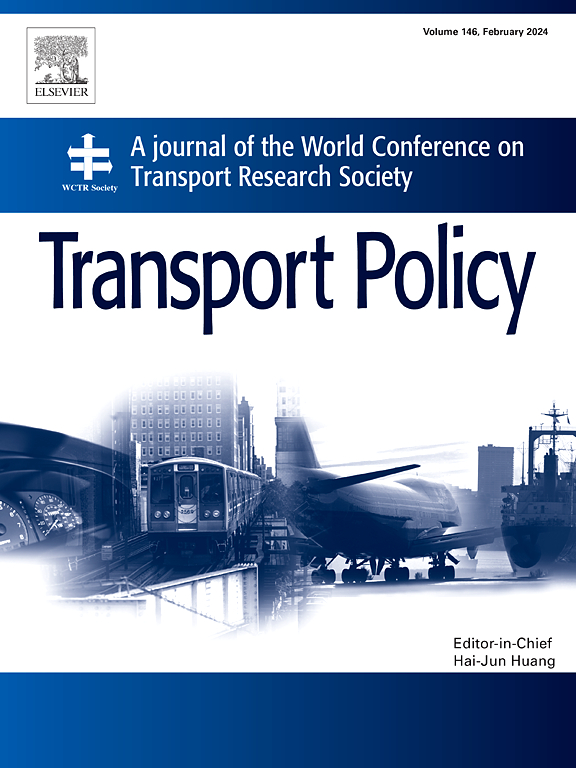Can a bottleneck capacity enhancement policy postpone infrastructure network collapse?
IF 6.3
2区 工程技术
Q1 ECONOMICS
引用次数: 0
Abstract
In the operational processes of infrastructure networks, the occurrence of supply-demand imbalances can precipitate component overloads, and the rupture of critical bottlenecks may culminate in the collapse of the entire network. Consequently, it is important to comprehend the characteristics of these critical bottlenecks under diverse circumstances. This paper examines directed transportation infrastructure networks as a case study and, drawing upon percolation theory, precisely identifies the network's critical bottlenecks. It also considers the various perturbations or enhancement scenarios these bottlenecks might encounter in reality. A comprehensive analysis is conducted on the propagation characteristics of both strong and weak bottlenecks under different scenarios, as well as changes in the network's performance. Additionally, this study categorizes the modes of bottleneck propagation within the network into five distinct types: continuous, dispersed, coalescing, jumping, and spanning propagation. Our findings reveal that applying disturbances to the network's strong and weak bottlenecks can precipitate the premature collapse of the network. However, enhancing the capacity of these bottlenecks leads to uncertain outcomes—sometimes delaying and other times hastening the network collapse. The conclusions derived from this research not only offer guidance for the routine maintenance of infrastructure networks but also provide theoretical support for the improvement of such networks, thereby ensuring their high-performance and normal operation.
求助全文
约1分钟内获得全文
求助全文
来源期刊

Transport Policy
Multiple-
CiteScore
12.10
自引率
10.30%
发文量
282
期刊介绍:
Transport Policy is an international journal aimed at bridging the gap between theory and practice in transport. Its subject areas reflect the concerns of policymakers in government, industry, voluntary organisations and the public at large, providing independent, original and rigorous analysis to understand how policy decisions have been taken, monitor their effects, and suggest how they may be improved. The journal treats the transport sector comprehensively, and in the context of other sectors including energy, housing, industry and planning. All modes are covered: land, sea and air; road and rail; public and private; motorised and non-motorised; passenger and freight.
 求助内容:
求助内容: 应助结果提醒方式:
应助结果提醒方式:


